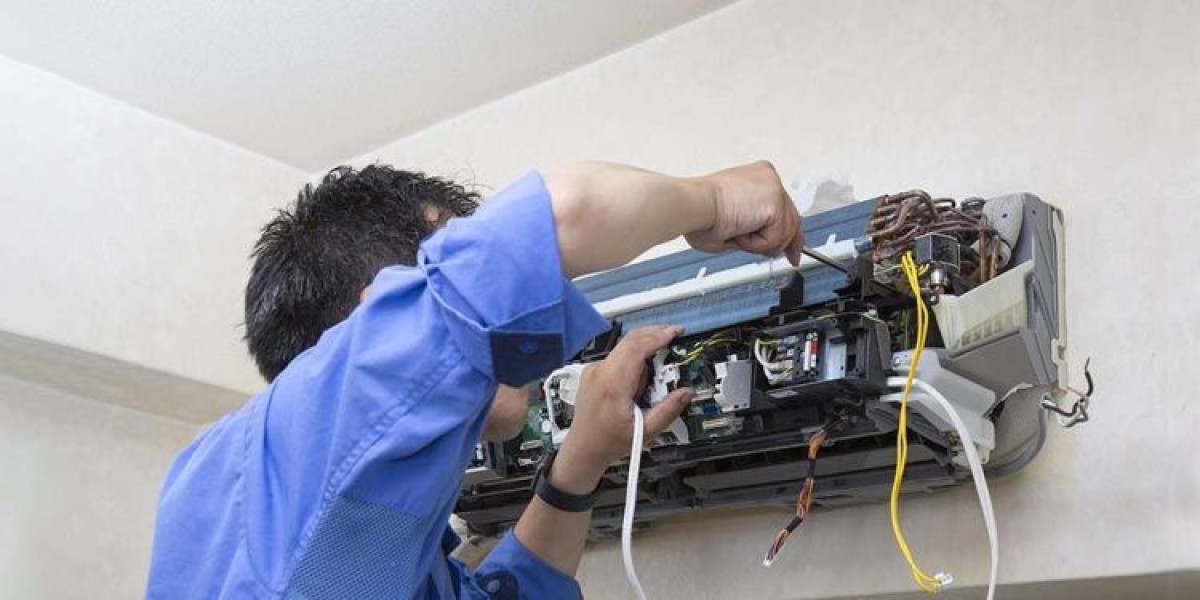Introduction
When the scorching heat of Dubai summer arrives, having a well-functioning air conditioning system becomes a necessity. Regular maintenance of your AC unit is crucial to ensure its efficiency and longevity. One essential aspect of AC maintenance is cleaning the coils. In this guide, we will walk you through a step-by-step process to perform DIY AC coil cleaning in Dubai, helping you keep your AC system in top-notch condition and save on costly repairs.
Understanding the Importance of AC Coil Cleaning
The air conditioning system's coils play a crucial role in cooling your home. Over time, these coils accumulate dirt, dust, and debris, reducing their ability to transfer heat effectively. As a result, the AC unit becomes less efficient, leading to higher energy consumption and increased wear and tear. Regular AC coil cleaning is essential to maintain optimal cooling performance and energy efficiency.
Safety Precautions and Tools Needed
Before starting the DIY AC coil cleaning process, it's crucial to prioritize safety. Here are the necessary precautions and tools you'll need:
- Safety goggles and gloves to protect your eyes and hands.
- A face mask to avoid inhaling dust and debris.
- Turn off the power supply to the AC unit to prevent electric shock.
- A soft brush or cloth to remove loose dirt and debris.
- A fin comb to straighten any bent coil fins.
- A mild cleaning solution (mixing water and mild detergent) for cleaning the coils.
- A hose with a spray nozzle for rinsing the coils.
Step 1: Turning Off the Power
Locate the circuit breaker or the disconnect switch for your AC unit and turn it off to ensure no power is flowing to the system.
Step 2: Accessing the AC Coils
Remove the outer casing or access panel of the AC unit to gain access to the coils. Follow the manufacturer's instructions for safe disassembly.
Step 3: Removing Debris and Dust
Using a soft brush or cloth, gently remove loose dirt, dust, and debris from the coils. Be careful not to bend the delicate fins.
Step 4: Preparing the Cleaning Solution
In a bucket, mix water with a mild detergent to create a gentle cleaning solution that won't harm the coils.
Step 5: Applying the Cleaning Solution
Dip the brush or cloth into the cleaning solution and carefully clean the coils, removing stubborn dirt and grime. Take your time to ensure thorough cleaning.
Step 6: Rinsing the Coils
Using a hose with a spray nozzle, rinse off the cleaning solution and remaining dirt from the coils. Be gentle to avoid damaging the fins.
Step 7: Cleaning the Condensate Drain
Check the condensate drain for clogs and clean it if necessary. A clogged drain can lead to water leakage and potential damage.
Step 8: Inspecting the Fins
Carefully inspect the coil fins for any damage or bending. Use a fin comb to straighten any bent fins, ensuring proper airflow.
Step 9: Reassembling the AC Unit
Once the coils are clean and dry, reassemble the AC unit following the reverse steps of disassembly.
Step 10: Turning the Power On
Turn the power supply back on and ensure that the AC unit is running smoothly. Check for any unusual noises or issues.
Tips for Preventing AC Coil Dirt Buildup
- Regularly change air filters to reduce the amount of dirt reaching the coils.
- Keep the area around the AC unit clean to minimize debris accumulation.
- Schedule annual professional maintenance to identify and address potential problems early.
When to Seek Professional Help
While DIY AC coil cleaning is beneficial, some situations may require professional intervention. If you notice any of the following issues, it's best to seek the expertise of an HVAC technician:
- Refrigerant leaks or low refrigerant levels.
- Extensive coil damage that requires repair or replacement.
- Electrical problems or malfunctioning AC components.
- Persistent cooling issues even after cleaning the coils.
Conclusion
Congratulations! You've successfully learned how to perform a DIY AC coil cleaning in Dubai. By following these step-by-step instructions and safety precautions, you can ensure your AC unit operates efficiently and provides the much-needed cool comfort during the scorching summer months.
Remember, regular maintenance is key to extending your AC unit's lifespan and avoiding costly repairs. So, make AC coil cleaning a part of your routine maintenance tasks and enjoy a cool and comfortable living space all year round.
FAQs
Is DIY AC coil cleaning safe?
When done with proper safety precautions, DIY AC coil cleaning is generally safe. However, if you're unsure or uncomfortable with the process, it's best to seek professional help.
How often should I clean my AC coils?
AC coils should be cleaned at least once a year, preferably before the start of the summer season.
Can I use any cleaning solution for AC coils?
It's best to use a mild cleaning solution made of water and a gentle detergent to avoid damaging the coils.
What causes AC coil fins to bend?
AC coil fins can bend due to accidental impacts, poor maintenance, or improper cleaning techniques.
Why is professional AC maintenance important?
Professional AC maintenance ensures thorough inspection, early detection of issues, and expert repairs, enhancing your AC unit's overall performance and efficiency.














